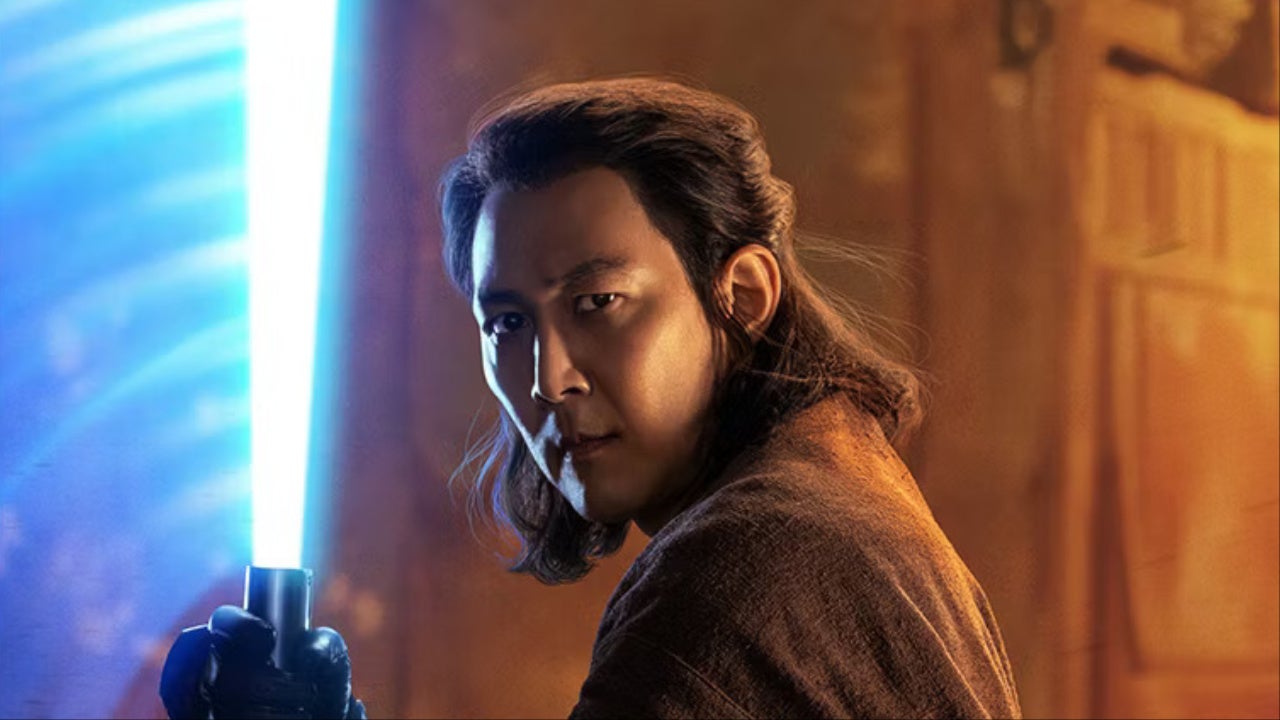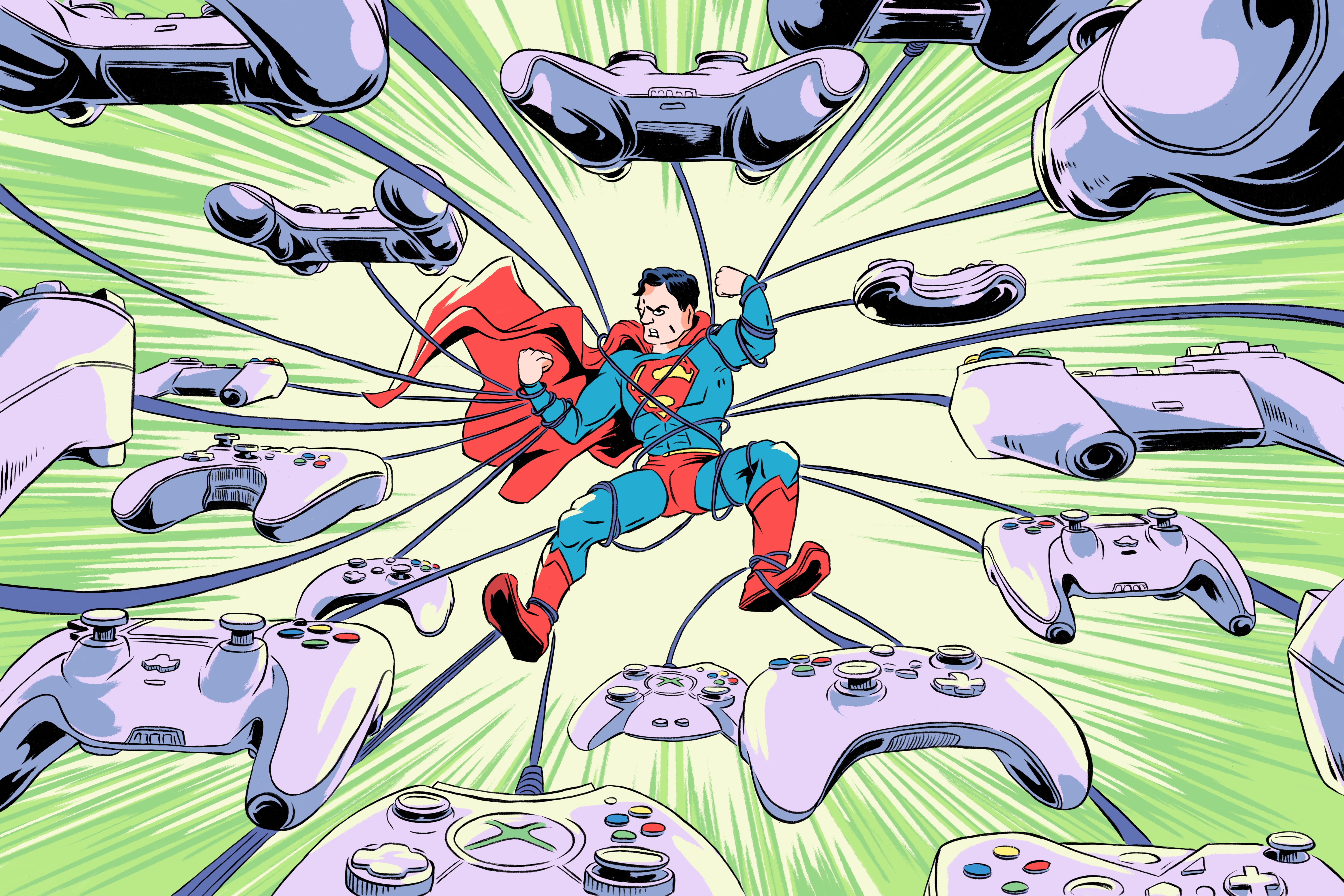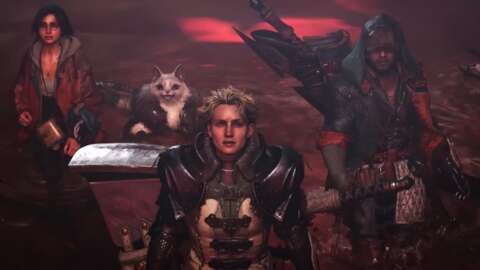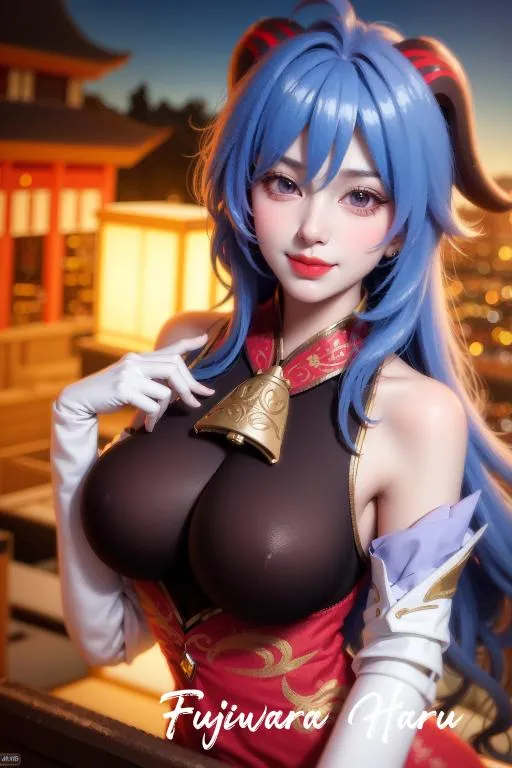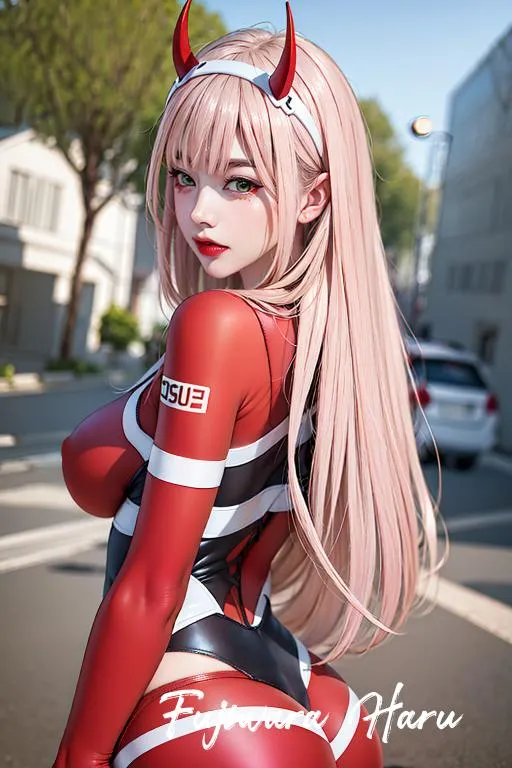Warning: this article contains spoilers for The Acolyte: Episode 3! If you haven't already, be sure to check out IGN's The Acolyte: Season 1, Episode 3 review.
“This isn’t about good or bad. This is about power, and who is allowed to use it.”
That’s a line spoken by one of the characters in The Acolyte’s third episode, and it speaks directly to what’s become one of the dominant themes of the Disney Star Wars era. The Force binds the entire galaxy together. It isn’t just for the Jedi or Sith to wield. The Force is for everybody.
At this point, it’s clear The Acolyte is building on the foundation laid out by films like Star Wars: The Last Jedi and shows like Star Wars: Ahsoka. This story may be set long before the advent of the Skywalker Saga, but it has a lot to say about the true nature of the Force and the downfall of the Jedi Order. Let’s take a closer look at how The Acolyte builds on one of the most important themes in the Star Wars franchise.
The Witches of The Acolyte
Episode 3 provides a much-needed flashback to the childhoods of Amandla Stenberg’s twin characters, Osha and Mae Aniseya. Here, we learn the two girls were members of a coven of Force-sensitive witches, one led by their mother, Jodie Turner-Smith’s Mother Aniseya. This coven brings to mind the Nightsisters of Dathomir from Star Wars: The Clone Wars. Like the Nightsisters, these witches don’t ascribe to the rigid Jedi/Sith dichotomy, but have built their own culture and belief systems around the Force. It would seem the galaxy is full of these splinter groups of Force wielders.
Episode 3 reveals that Osha and Mae attracted the attention of the Jedi Order. Against her mother’s wishes, Osha voiced a desire to join the Jedi and learn their ways. That decision wound up costing her everything, driving a wedge between Osha and Mae and resulting in the deaths of every other member of the coven. Now we know Mae is so determined to hunt down and kill the four Jedi Masters in the present. She craves vengeance for her dead family members, even if the exact circumstances behind their deaths remain murky.
The Acolyte explores the idea that even 100 years before the start of the Prequel Trilogy, the Jedi were a fundamentally flawed organization. However benevolent and noble his intentions in seeking to recruit Osha, Lee Jung-jae’s Master Sol still comes across as an outside interloper skulking behind the backs of her family. The Jedi’s interference directly led to a senseless tragedy, all because Mae was threatened by their attempts to break up her family.
We can see in this episode the echoes of what will become the Jedi’s undoing in the Skywalker Saga. The Jedi are arrogant in their belief that their view of the Force is the only correct one. They preach about the danger of personal attachments while thinking nothing of the damage caused by separating children from their parents. They can’t even conceive of the notion that the threat of the Sith still exists, let alone that a Sith Lord is actively plotting against them. This dogmatic blindness will only grow as the High Republic era fades and the darkness of Emperor Palpatine’s reign looms.
For however much good the Jedi accomplished during their long reign as the premier defenders of the Republic, they’re ultimately undone by their belief that the Force is a power to be wielded by a select, worthy few. They remain aloof from the galaxy they’re sworn to protect, which means they lose the perspective necessary to wield their power responsibly. It’s little wonder the Jedi are ultimately duped into becoming the enforcers of a fascist Empire and the architects of their own destruction. The seeds have been planted long before the era of Anakin Skywalker.
How The Acolyte Connects to The Last Jedi
The notion that the Force belongs to everyone is not new to the franchise. It’s been one of the dominant themes of the franchise since the Disney era began in 2014. But 2017’s Star Wars: The Last Jedi marked a turning point for the series in this respect, introducing new ideas and a new outlook on the Force that have flourished ever since.
As much as the Jedi preach against clinging to personal attachments, a lot of Star Wars media argues that there’s nothing more important than fighting for those you love. Even in The Empire Strikes Back, where Yoda implores Luke to abandon his friends to their fates rather than confront Darth Vader before he’s ready, Luke chooses to fight. Ultimately, he makes the right choice, as his confrontation with Vader forms a major crack in the Sith Lord’s psychological armor and stirs the ghost of Anakin Skywalker within. The galaxy would never have been saved were it not for Anakin’s resurgent love for Luke.
The Last Jedi runs with that concept, which is encapsulated in a line by Kelly Marie Tran’s Rose Tico - “That's how we're gonna win. Not fighting what we hate. Saving what we love." The fragile Resistance is held together by sheer force of will and the love these freedom fighters share for one another. Even Luke, wallowing in misery and self-imposed exile on the faraway world of Ahch-To, is eventually coaxed out of hiding to save his sister and confront his nephew one last time.
The Last Jedi is also where we learn the truth about Ben Solo’s downfall, as we see that he fell victim to the same fears that plagued his grandfather and the same self-destructive teachings of the Jedi. Luke made the mistake of trying to recreate the Jedi Order and their philosophy when he built his academy. Despite himself proving that personal attachments can be a powerful force for good, Luke continued to preach the old ways. In The Book of Boba Fett, we see him lose his first student, Grogu, who refuses to sever ties with his adoptive father. In the Sequel Trilogy, we see that Ben Solo became vulnerable to Snoke/Palpatine’s influence because he clung to his family and struggled to leave his personal attachments behind. Rather than celebrate those attachments, Ben was called upon to bury them. The sins of the old Jedi Order carried over to the new.
The Last Jedi is also notable for being the first Star Wars project in the Disney era to dabble in the idea that the Force is something to be wielded by all people, great or small. Who can forget the iconic ending scene of a young slave boy on Canto Bight looking to the stars and summoning a broomstick to his hand? The Jedi were mostly blind to the slaves and exploited peoples of the galaxy, even as Anakin proved that the most powerful warriors could hail from the most humble of origins.
The Ahsoka series also delved into the notion that anyone can use the Force with its exploration of the master/student relationship between Rosario Dawson’s Ahsoka Tano and Natasha Liu Bordizzo’s Sabine Wren. Sabine is shown to be a middling pupil with no great affinity for the Force, yet Ahsoka firmly believes in her potential. When the moment comes, Ahsoka’s faith in Sabine is rewarded as Sabine helps Eman Esfandi’s Ezra soar his way to freedom.
The Ahsoka series suggests that while some lifeforms may have an innate advantage in wielding the Force, anyone can tap into its power given enough training and a strong enough desire. The very existence of covens like the Nightsisters and Osha’s family supports this idea. That’s also embodied by Donnie Yen’s character Chirrut Imwe, a blind monk capable of seemingly superhuman feats despite not being a Jedi. Ultimately, belief in the Force is more important than midichlorian count.
The Future of the Force in Star Wars
Though it’s set further in the past than any Disney Star Wars project to date, The Acolyte feels like a natural piece of the larger puzzle. It builds on the overarching idea that the Force is a power to be shared by all. It shows us that the Jedi were inherently doomed even before Darth Sidious began actively plotting their demise. And it argues for the need for something new and different to rise from the ashes of the Jedi Order.
Revealing what exactly will rise to replace the Jedi of old seems to be one of Disney’s core goals for the franchise. That’s likely why they greenlit director Sharmeen Obaid-Chinoy’s Star Wars movie as one of their next major theatrical releases. This untitled film will be set 15 years after the events of 2019’s Star Wars: The Rise of Skywalker and feature Daisy Ridley reprising the role of Rey Skywalker. In an era after the death of Luke Skywalker and the fall of Palpatine’s Final Order, Rey will be called upon to rebuild the Jedi Order.
As we’ve explored, the old Jedi Order was fundamentally flawed, plagued by rigid, dogmatic views and blind to the evil growing around it. Luke made the mistake of trying to recreate what was lost rather than seek out something new to replace it. Presumably, Rey’s journey will center around trying to establish a new vision for the Jedi Order, one that is more democratic and doesn’t require its members to sever their attachments to the outside world. As the last Skywalker, all too cognizant of the ways in which the Jedi doctrine drove Anakin and Ben to the Dark Side, Rey now faces the task of building something better.
Among other things, the purpose of The Acolyte is to reinforce the failings of the Jedi and explore the conflict between their high-minded ideals and the reality of life in the galaxy. Only by thoroughly understanding why the Jedi failed and why the Force is a power that belongs to all lifeforms will Star Wars fans be able to appreciate what comes next. Prequel or not, The Acolyte is an important next step for this ongoing saga.
For more on the future of the Star Wars franchise, find out how the Ahsoka series sets up Dave Filoni's movie, and brush up on every Star Wars movie and series in development.
Jesse is a mild-mannered staff writer for IGN. Allow him to lend a machete to your intellectual thicket by following @jschedeen on Twitter.
